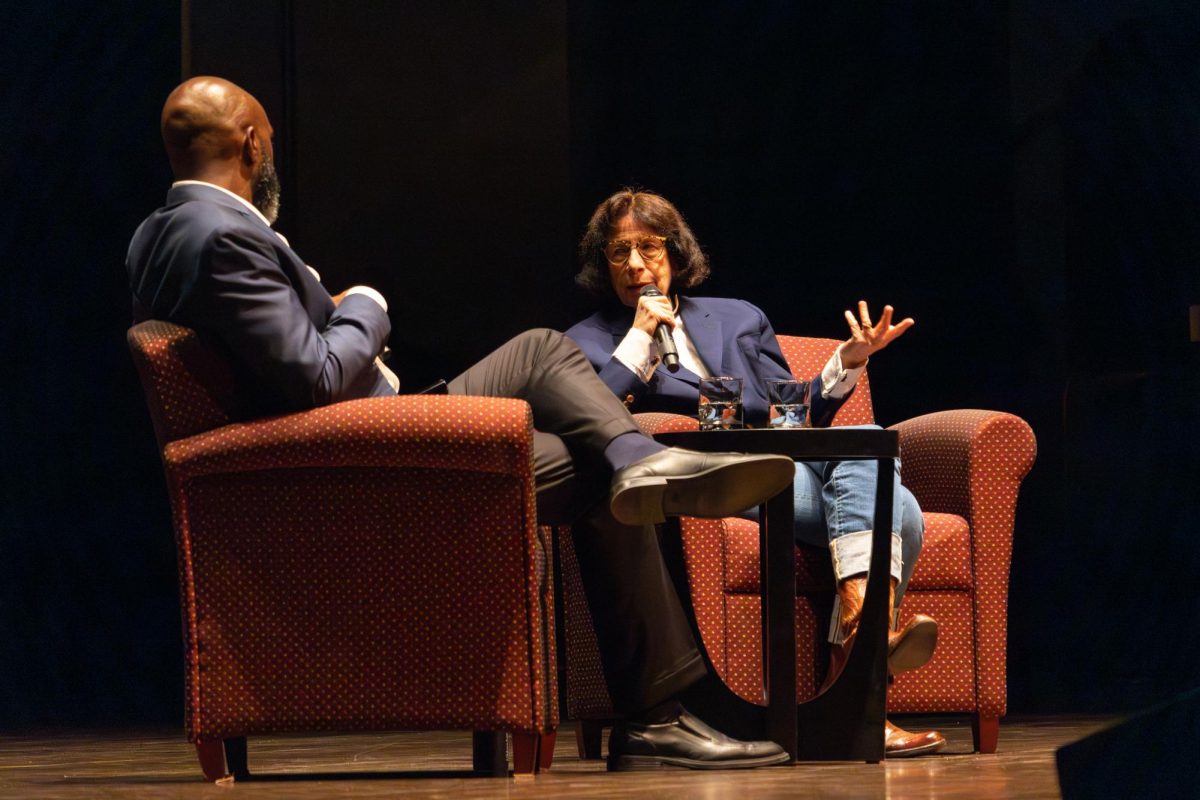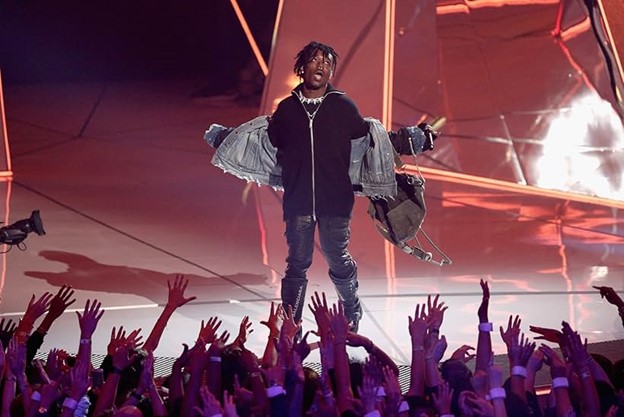Most people find themselves on Facebook and Twitter when they are supposed to be doing work. For Lisa Perlbinder, that’s a typical day in the office, but she, unlike everyone else, isn’t procrastinating.
Perlbinder is the Executive Director of Strategic Planning and Analysis for University Relations at the University of Massachusetts. In layman’s terms, she is in charge of regulating all of UMass’ social media accounts on Facebook, Flickr, LinkedIn, YouTube and most recently, Twitter.
The Twitter phenomenon launched in 2006 and its popularity is still growing rapidly everyday. The social media website gives its members a place to post “microblogs” that are 140 characters (letters, symbols, etc.) or less in length about whatever is on their mind.
As Perlbinder pointed out, the website began as a log of peoples’ “stream of consciousness. There was a lot of, ‘I’m waiting in line at Starbuck’s.’” And while this is still one of the main uses for it, the website has become a medium for all sorts of information.
Among the many functions of a tweet are the dissemination of news, quasi-journalistic action, sports news, up-to-the-millisecond information about anything and everything and following someone’s tweets simply because of they’re unique or a well-known “personality,” she explained.
“If Justin Bieber has the most fans on Twitter, it’s not because he’s necessarily asking for world peace or saying anything relevant,” she said. “People are just interested in what the different personalities are doing.”
One of the most recent revolutions on the site is its use as a marketing tool.
On “a cold winter day” in February of 2009, UMass posted its first ever tweet, which read, “@RandiJ We hope you enjoy the tour. It’s cold here so bring your winter gear.” Initially, its page was very simple, but with the help of former student and cofounder of CampusLive.com Boris Revsin, Perlbinder literally became a professional tweeter and social media extraordinaire.
Throughout a typical day, there are roughly 10 to 20 @UMassAmherst tweets to its more than 3,350 followers about anything from rapper Wiz Khalifa to Chancellor Holub.
“It’s a combination of making people aware of events as well as responding and answering questions,” she said.
Recruiting prospective students and alumni relations also have an impact on her tweets. By monitoring who is mentioning UMass, she can see what people are saying about the University and respond to their concerns.
“It’s international, it’s free and it’s an easy source to have a question answered,” she said. “I see it having a big relevance in student recruitment in the future.”
Students have different opinions about UMass’s social media efforts, however.
“I think it’s interesting that a school would use a method of advertisement that pertains to us,” said UMass student Andrew Stewart. “I would think a school willing to do that would seem to understand how our generation works a bit.”
While another student believes marketing on Twitter is ineffective, he said that it’s a necessity.
“If other schools are marketing [through Twitter] to prospective students, then UMass should too,” student Adam Kenney said. “We need to keep up with the competition. I recently read a Boston Globe article about how Massachusetts residents have begun to look at neighboring state schools. If UConn or UNH are marketing for example, UMass should too just to keep its name out there.”
Perlbinder, on the other hand, thinks it’s both a great place to interact with those talking about the University and an effective way of promoting events and UMass as an educational institution.
But, is tweeting and updating Facebook all day really as fun as it seems?
“Yes,” she said quickly with a chuckle. “But don’t tell my kids that.”
Justin Gagnon can be reached at [email protected].






